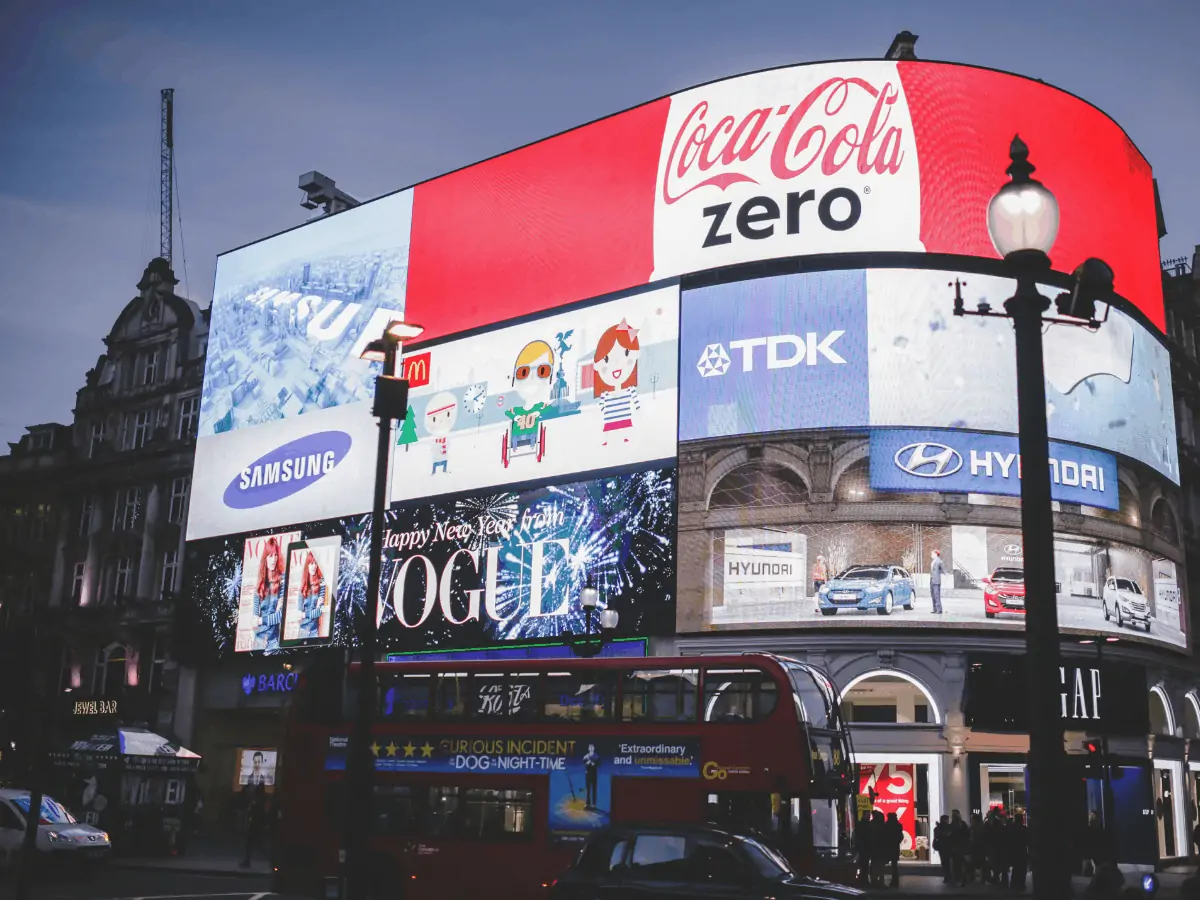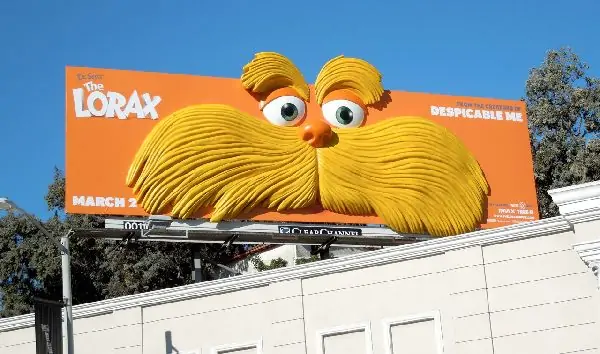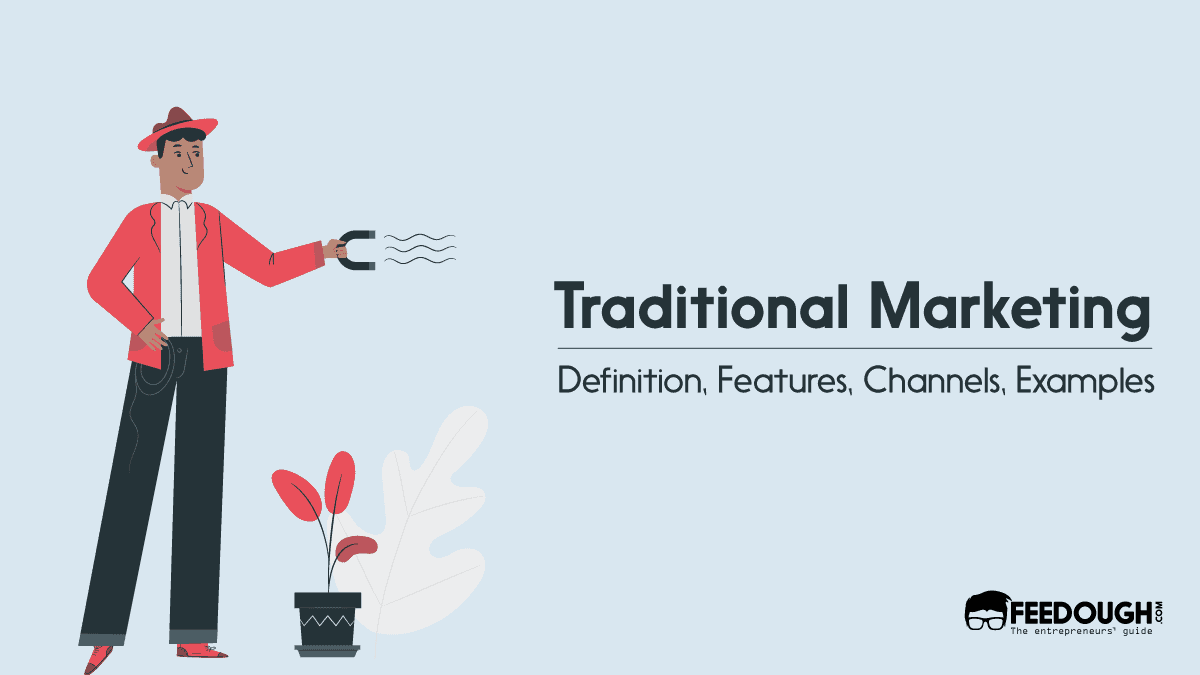What comes immediately to your mind when you picture Times Square?
All the big neon lights, signposts, and advertisements, right?
Tens of thousands of individuals must probably see those ads every day. Even if it’s only for a second, all of those people think of those advertised brands when they see those ads. These impressions lead to brand awareness and even sales of those companies’ offerings.
This exposure is known as billboard advertising: the traditional marketing strategy that’s as important as it’s ever been. When used appropriately, it can act as a powerful tool for reaching a diverse range of audiences, increasing revenue and brand exposure.
In fact, billboards have the highest reach of all OOH advertising forms in the United States, as around 80% of Americans remembered seeing a billboard ad.
So, now that billboard advertising has your attention, you may be wondering: What are its pros and cons? Are billboards effective? What is the cost of billboard advertising?
Let’s find out.
What Is A Billboard?
A billboard (also known as hoarding in the UK) is a big outdoor advertising structure, similar to an oversized poster used to promote a brand, offering, or a campaign by displaying advertisements.
It is generally located in high-traffic areas such as along highways or near shopping malls to pique the attention of the highest number of drivers and pedestrians.
What Is Billboard Advertising?
Billboard advertising is a process of using large scale print and digital advertising boards called billboards or hoardings to promote a brand, offering, or a campaign.
It’s an efficient marketing strategy for getting the most number of views and long-term brand impressions. Furthermore, it establishes strong branding through huge text sizes, images of celebrities with clearly stated features and benefits of the products, and other pertinent information such as price.
For instance, Times Square in NYC is a billboard advertising mecca since it is one of the world’s busiest tourist attractions.

Types Of Billboards
Billboards come in many different shapes and sizes. Some of the various types of billboards are:
- Digital billboards: A digital billboard displays varying images and text generated by computer systems and software. It can be set up to show running text, or you can change it up depending on the time of day. The ever-changing texts offer maximum impact and reach for specific audiences. For instance, a restaurant might promote lunch specials throughout the morning and early afternoon and dinner specials beginning at 3 p.m.
- Mobile billboards: A mobile billboard is one that appears on buses, cars, and other moving vehicles. The advantage of a mobile billboard is that it is more likely to be noticed by your target audience. This is because the vehicle moves around the area you’ve chosen as a key location for promoting your company.
- Painted billboards: These billboards are not graphically created. Rather they are painted either on the site or in studios and then placed on the site. In recent years, these billboards have been replaced by graphically created billboards. However, they are still used in some regions where only a single board is necessary. Like in Los Angeles, hand-painted billboards can still be found on the Sunset Strip, which mainly advertises new films or records.
- Static Billboards: Static billboards are made of large printed vinyl and stretched across the billboard’s face. Here, a particular element in the billboard cannot be changed in a matter of seconds or minutes but must be re-erected and fastened to the structure.
- Three-dimensional billboards: These are modern style billboards that capture viewers’ attention and curiosity by providing three-dimensional dramatic visuals and pop-up book style graphics. They can even transform a static image into a moving object that can display various messages at different times.
What Are The Advantages Of Billboard Advertising?
Often, you might have turned on the radio just to turn it off as soon as an advertisement comes on. The same may be true for television commercials. But, unlike other forms of mass advertising, billboards can never be ignored, hidden, turned off, or thrown away.
In fact, 70% of billboards are glanced at by passers-by, and 63% of these billboards are read in their entirety. Hence, there is no other medium of advertising that can match this level of viewership and retention.
Other compelling reasons why billboards are a great advertising strategy are:
- Billboards are huge and eye-catching: Billboards occupy a significant space and can be catchy if designed by skilled marketers. A good billboard may make a prospect stop and view it intentionally or unintentionally.
- It helps reach the target audience: Billboard advertisements make it simple to target a specific local audience. With today’s technology, you can develop a demographic breakdown to demonstrate where the bulk of your target audience visits and then place your billboards where this specific group will see them.
- It provides an incentive for impulse purchases: One of the reasons why billboards are still in use is that they have the ability to influence and inspire customers to make immediate purchases. Your key viewers are your decision-makers. So, if you can connect into their minds through your billboard, they will swarm to your shop and make a purchase. For instance, when you’re on a road trip with your friends and if you see a billboard with enticing pizza, it will make you want to stop and eat. It wasn’t intentional, yet you can’t help but stop and eat because of a billboard cleverly placed near a cafeteria.
- It ensures brand exposure and brand recall: Billboards are extremely effective at generating and increasing brand awareness. It is because the ad is always visible – no other medium allows your message to be seen 24 hours a day, seven days a week. Take a look at some of the billboard advertisements you see on your everyday commute. You’ve probably memorised some of them because you’re exposed to them daily. So, if your company uses visuals or slogans that are catchy, clever, or memorable, potential customers might learn a lot about your company by looking at it. They’ll remember your billboard ad later when they need your product or service.
- Billboards appeal to all ages: Unlike other forms of advertising, billboards can be used to target all ages alike – be it children or adults.
- It has a high ROI: According to statistics, for every dollar spent on billboard advertising, marketers earn six dollars. This is a great ROI when compared to other advertising mediums like radio and print.
What Are the Disadvantages of Billboard Advertising?
Billboards advertising comes with its own set of disadvantages that you might have to weigh along with its pros before including it into your promotion mix. These are:
- It can be expensive: One of the major drawbacks of billboard advertising is the amount of money required from the time the billboard is placed to the time it is dismantled. Plus, there are additional costs of maintenance and repairs. And it will not be cheap if natural calamities such as hurricanes demolish the structure. Also, in the case of property damage or injury resulting from a damaged billboard, the owner may face legal concerns and additional expenses. Thus, there is no certainty that advertising costs will yield the desired revenue.
- It provides limited information: Billboard provides people with a limited amount of information. Such a short message may not be enough to entice information-hungry customers to buy your products. On the other hand, like certain automobile billboards that highlight a single adjective, it could be enough to plant a seed or make an impact.
- It has a short exposure period: Billboards allow for a very brief, if not fleeting, exposure period to absorb the information. So, even though your ad is memorable, the viewer cannot note your contact details.
- It’s a stationary mode of advertising: No matter how big it be, billboards are a stationary mode of advertising that only works when the place has visitors.
- The focus is on mass marketing: Unlike digital ads, billboards ads can’t be personalised and can only show mass-marketing messages that have a lesser impact than personalised messages.
Clearly, billboard advertising isn’t a remedy for all marketing problems, but it can achieve results that no other medium can achieve when done correctly.
How To Use Billboard Advertising Correctly?
You see around 4,000-10,000 advertisements per day and can’t remember a majority of them. So, if you don’t want your ad to be among those not-remembered ads, then your billboard must tell a story about your brand using thought-provoking graphics and very little text. It should be created in a way that has an immediate impact on your target audience.
Thus, if you’re going to spend money on an advertisement that could be seen by millions of people, you should do it right. Here are a few billboard design tips to help you make your billboard more effective and appealing.
Keep It Simple, Silly
Drivers, cyclists, and pedestrians read billboards rapidly and don’t have time to read a long, drawn-out message about your company. The general rule of thumb suggests a billboard should have not more than six words in order to communicate effectively with the target demographic. Use bold contrasting colours and large, legible fonts that are easy to read from a distance.
Take a look at this billboard by IBM that is both short and imaginative.

Make Use Of The Surrounding Area
Billboards that are well-designed take into account their physical location. Local context, comedy, and neighbourhood pride are all great methods to incorporate brand identification into the surrounding community and demonstrate awareness. Try to use the trees, skyscrapers, and cars in your surroundings as part of your story-plot. This can make the billboard (and brand) much more impressionable to those who see it and can make your business go viral.
For instance, in this Coca-Cola billboard, the company didn’t just put an image of their bottle. Instead, they positioned their advertisement in an old building and gave the impression that numerous straws were coming from different windows. Everyone appeared to be drinking from the same bottle. Thus, making the perfect use of the surroundings.

Be More Visual
Images attract attention and are easier to concentrate on while driving. Use an attractive and captivating photo relevant to your brand with a few words to accommodate them while making the most of your ad space. Always remember to include your logo along with your company’s phone number as well as a link to your website in the space. Lastly, use an image with a minimum resolution of 300 pixels per inch.
For instance, this billboard ad by Berger paints has the illusion of a live painter painting the same blue colour of the sky onto the billboard. This exaggeration without words is both interesting and entertaining.

Make It Memorable (But Design Responsively)
Find a unique way to make your billboard ad memorable with a strong message and a clever call-to-action that leaves people thinking. To make your billboard design memorable, employ emotional marketing techniques, that is, allow your message to spark customers’ interest. Billboards with a unique design are the winners. But, keep in mind that there’s a thin line between getting your billboard noticed and causing major traffic distractions. Thus, depending on your business, keep your image choices G-rated and your content clean.
For example, this restaurant uses the centre of its billboard to remind potential hungry drivers of this business’s services.

Use The Location Wisely
The success of a billboard advertising strategy depends on two factors – billboard design and location. Make sure to research well about your audience’s demographics and buying behaviour before choosing the location for your billboard.
How Much Does it Cost to Advertise on a Billboard?
Just like the cost of other forms of advertising, the cost of a billboard advertisement also varies. It is determined after considering aspects like the format and placement of your billboard, the total traffic in the region, and the expected number of people who will see your ad, and more.
The cost of using billboards as a means of advertisement can range from $750 on a rural roadway to $14,000 and up in larger markets. Most billboard agencies charge in cost per thousand impressions, commonly known as cost per mille (CPM), which is dependent on four important factors: demographics, impressions, and circulation.
- Demographics: Demographics are developed by observing the people who pass by the billboard regularly. It takes into account their age, gender, and even income level. For example, if you’re advertising on a billboard in a posh area, then you’ll probably be paying more.
- Impressions: Impressions refer to the estimated number of people who see the ad. It is based on the size and location of the billboard, its visibility, and the speed limit in the region.
- Circulation: Circulation refers to the total volume of people that passes by the area where your billboard is located. It is usually based on information derived by transportation authorities. However, it does not account for whether or not passers-by see your advertisement.
- Positioning: The likelihood that the ad will be seen is considered before deciding the billboard advertising costs. The more likely the audience is likely to see the ad, the higher is the cost of the billboard.
However, the cost of renting a billboard isn’t the only expense associated with billboard advertising. Design costs, installation costs as well as material costs are also important to consider. The cost of designing an ad varies from business to business and can be as much as $1,000. Depending on the size of the advertisement and whether it’s static or digital, some billboards cost around $800 to $3,600. Meanwhile, depending on their location, digital billboards can cost $10,000 or more per month.
How to Measure Effectiveness of Billboard Advertising?
Billboard advertising effectiveness has never been in question. That is one of the main reasons why, after all these years, we still see billboards.
One of the metrics used to assess the effectiveness of billboards is Daily Effective Circulation, or DEC, which refers to the daily number of vehicles and pedestrians who pass by your billboard.
Some of the other metrics are:
- Sales: Sales are the true measure of advertising success. Have you noticed an increase in sales after your billboard was installed? If yes, then you’re using billboard advertisement correctly. Hence, it’s vital to record sales or profit benchmarks in reports to assess whether a new billboard ad is bringing in more customers or not.
- Return on Investment (ROI): How much did the billboard cost, including design, printing, and assembly? How much money does it generate? Well, according to studies, the return on investment for every dollar spent on billboard advertising is nearly six dollars. Thus, when it comes to return on investment, billboards have a track record of being worth your time and investment. But do your homework and make sure it meets your company’s needs.
- Location: The evaluation of possible billboard placement is always the first step in determining billboard effectiveness. Based on data analytics, you can establish the ideal demographics and optimum placement for your brand’s billboard using government statistics, census content, and an analysis of the area’s traffic levels. You can even estimate which demographic is most likely to react to your billboard.
- Impressions: The average number of times a person sees an advertisement is measured in impressions. This includes data on traffic, which can be used to estimate the number of vehicles driven past an ad. Travel surveys, data modelling, and census data may all be included in Impressions.
- Hashtags and Handles: Thanks to the explosion of social media platforms, hashtags are a simple way to advertise and connect your firm to a digital area with unique phrases or sayings that may be used to analyse statistics. In addition, brands may quickly establish an Instagram handle to increase their following. Your company can gain new followers as a result of the ad space.
Hence, consider billboard marketing in your arsenal and budget if you can answer these questions in the affirmative:
Will it be possible to read and comprehend your advertising message in less than 8 seconds? Do you want to raise your company’s profile or attract customers to come straight to your store after seeing a billboard?
If someone needs more than a few seconds to comprehend your company’s message, then billboards are probably not worth your time.
Go On, Tell Us What You Think!
Did we miss something? Come on! Tell us what you think of this article on billboard advertising in the comments section.
An avid reader and economics enthusiast who is always eager to learn. Prachi is an aspiring leader who believes in what she does. Besides reading , she is fond of baking , dancing and travelling.












![What Is Demand Generation? [The Ultimate Guide] What Is Demand Generation?](https://www.feedough.com/wp-content/uploads/2019/05/DEMAND-GENERATION.webp)

